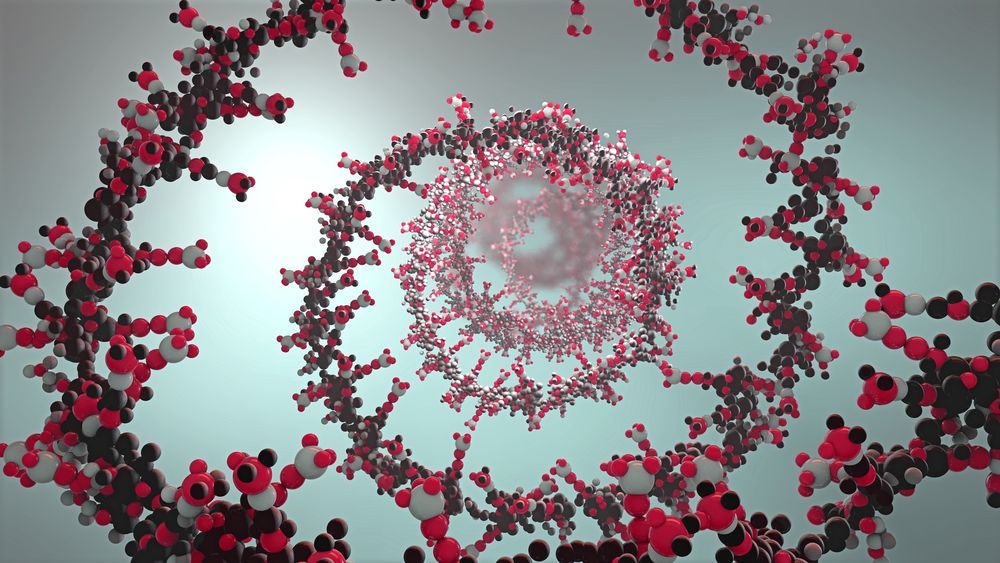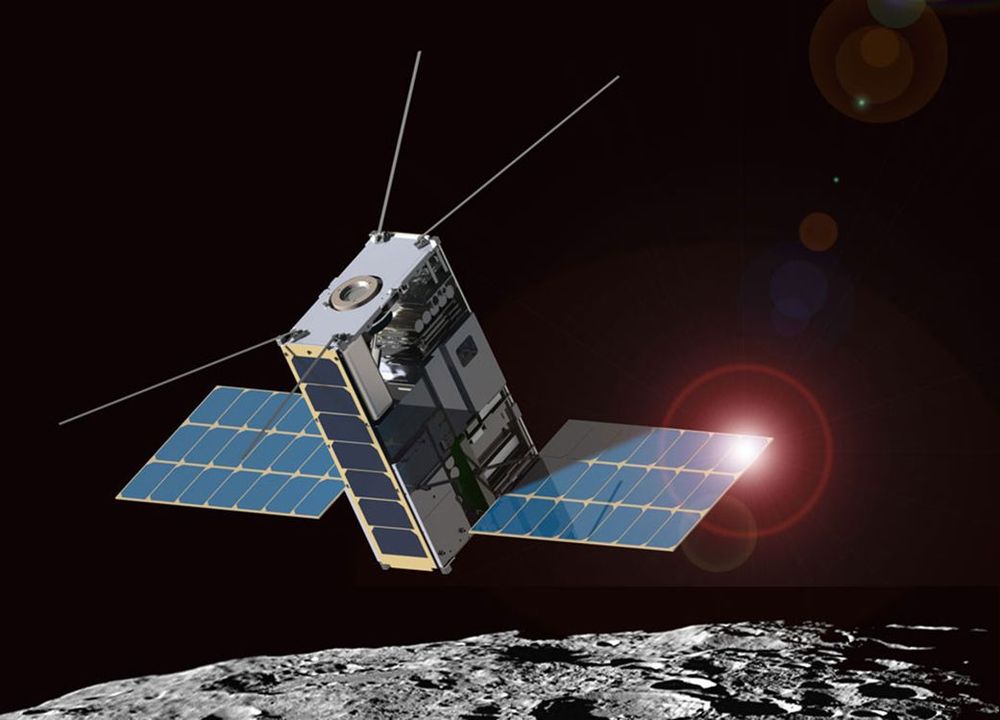Get the latest international news and world events from around the world.


Horizons mission — Soyuz launch to orbit
Horizons mission — Soyuz(rocket) launch to orbit at 27000km/hr!! Astronauts launching for Space Station #MustWatch #SpaceExploration Info about mission: Soyuz MS-09 was a Soyuz spaceflight which launched on 6 June 2018. It transported three members of the Expedition 56/57 crew to the International Space Station (ISS). The crew consisted of a Russian commander, and an American and a German flight engineer. The mission ended at 05:02 UTC on 20 December 2018.


Weather looks OK for next SpaceX Starlink launch from Cape Canaveral
The weather forecast appears to be trending slightly toward favorable conditions for the Space Coast’s next launch from Kennedy Space Center.
If schedules hold, a SpaceX Falcon 9 rocket will likely encounter 60% “go” conditions for its 5:22 p.m. Tuesday liftoff from pad 39A, the Space Force’s 45th Weather Squadron said Saturday. The 230-foot rocket will carry about 60 Starlink satellites for the company’s tenth internet constellation mission.
Showers and thunderstorms are expected Tuesday but should move mostly inland just before the launch time.


Ocean Worlds May Be Common in Our Milky Way Galaxy
A team of U.S. astronomers has calculated internal heating rates for 53 terrestrial exoplanets and found that all of them are likely to have volcanic activity at their surfaces, and that at least 26% could be ocean worlds, with a majority similar in structure to the icy moons of our Solar System’s giant planets.


NASA Invites Competitors to Shoot for the Moon and Beyond
NASA is inviting additional teams to compete in the Cube Quest Challenge. You can still participate in the in-space phase of the challenge and be eligible to win part of a $4.5 million prize purse.
The Cube Quest Challenge, NASA’s first in-space competition, incentivizes teams to design, build and deliver small satellites capable of advanced operations near and beyond the Moon. To compete, new teams meeting the eligibility criteria must obtain a ride to deep space for their CubeSats – either through commercial launch opportunities or programs like NASA’s CubeSat Launch Initiative.
“We welcome new teams to join us in this challenge in pursuit of advancing space exploration,” said Monsi Roman, program manager for NASA’s Centennial Challenges. “When we established the Cube Quest Challenge in 2015, commercial flight opportunities weren’t as available. Now that technology has advanced and commercial partners are flying payloads, it is a great time to make potential participants aware of the opportunity.”